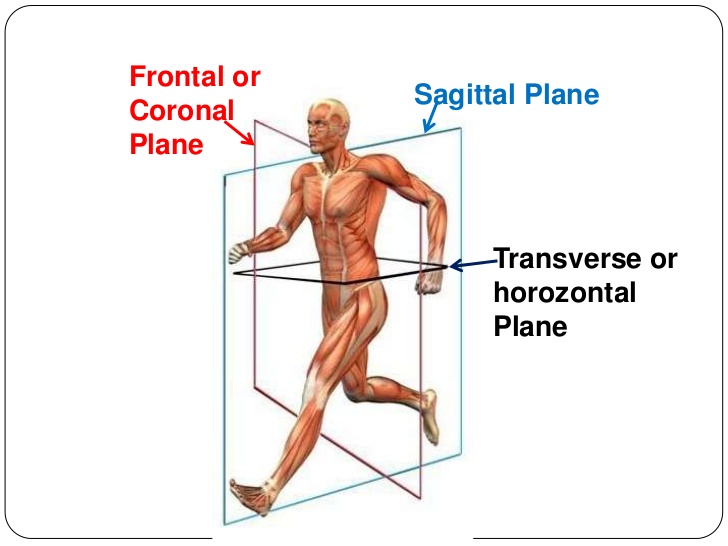Best Squats You Aren’t Doing!
2018-10-3
Suggesting that the back squat is not the best squat is a risky thing to say in the world of fitness. Of course the obvious reason is that people see these big loads and they assume that equals great strength. What people often DO NOT consider is that where we position the load, how we stand while squatting, and the types of tools we use are not all equal.
A study I often reference is this 2009 study by Gullet et al, “The front squat was as effective as the back squat in terms of overall muscle recruitment, with significantly less compressive forces and extensor moments. The results suggest that front squats may be advantageous compared with back squats for individuals with knee problems such as meniscus tears, and for long-term joint health.”
Wait?! Front squats at 44 less pounds can get the same muscle activity as heavier back squats without unnecessarily beating up our bodies. That can’t be right? Well, here is something crazier…
“Rear leg elevated split squats (RLESS) activate the lower body musculature similar to bilateral back squats while using half the load, but increased BF activity was seen for RLESS. Therefore, if additional biceps femoris activity is desired, RLESS may be more appropriate than split squat or back squat.”

The split squat was significantly lower because the rear leg was not measured and contributed more than in the rear foot elevated.
This is pretty shocking to many people, but why does this happen? Why can we gain such power from exercises with lighter weights? I think we know if you keep reading.
Such statements by physical therapist, Dr. David Tiberio, really echo why we want to think in this manner, “Why is three-dimensional motion so critical? It mimics functional activities, so it allows movements to be more authentic. It also allows the three planes of joint motion to occur simultaneously, preventing tightness in the joint capsules, ligaments, and muscles.”

Squats just like any other movement pattern can be performed in a much wider scope than just up and down. One of the benefits of doing so is developing the glutes better as Dr. Stuart McGill points out, “The high lateral glute is developed with with most one-legged resistive squat exercises.”
View this post on Instagram
DVRT Master, Cory Cripe, shows a simple way to expand our squat “vocabulary” with these front loaded lateral squats.
Using subtle changes in our stance like in the Sprinter Stance and changing holding position as in the Shoulder position really makes squats gain a whole new challenge.
The Rear Foot Elevated Squat or Bulgarian Split Squat has gotten a lot of attention for its ability to take us closer to being truly single leg and developing stability and mobility at the same time. However, there are many ways to challenge this movement as Jessica and I show to increase these qualities and make squats more than JUST another leg workout!
We have BOGO back where you can get any Ultimate Sandbag, educational program, or workout program and get a second of equal or lesser price for HALF off! Just use code “bogo” HERE
View this post on Instagram
© 2025 Ultimate Sandbag Training. Site by Jennifer Web Design.







